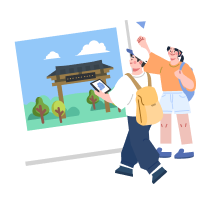It's no secret that Korea is a unique place. Anyone who has spent time here has thought, "What is going on here?!" at least once during their trip.
So we've compiled a list of some of the more unique ones to break down and explain.
If you've ever gone hiking in Korea or visited a temple, you might have seen the stone towers like the ones above. Let's start there.
Building Stone Towers
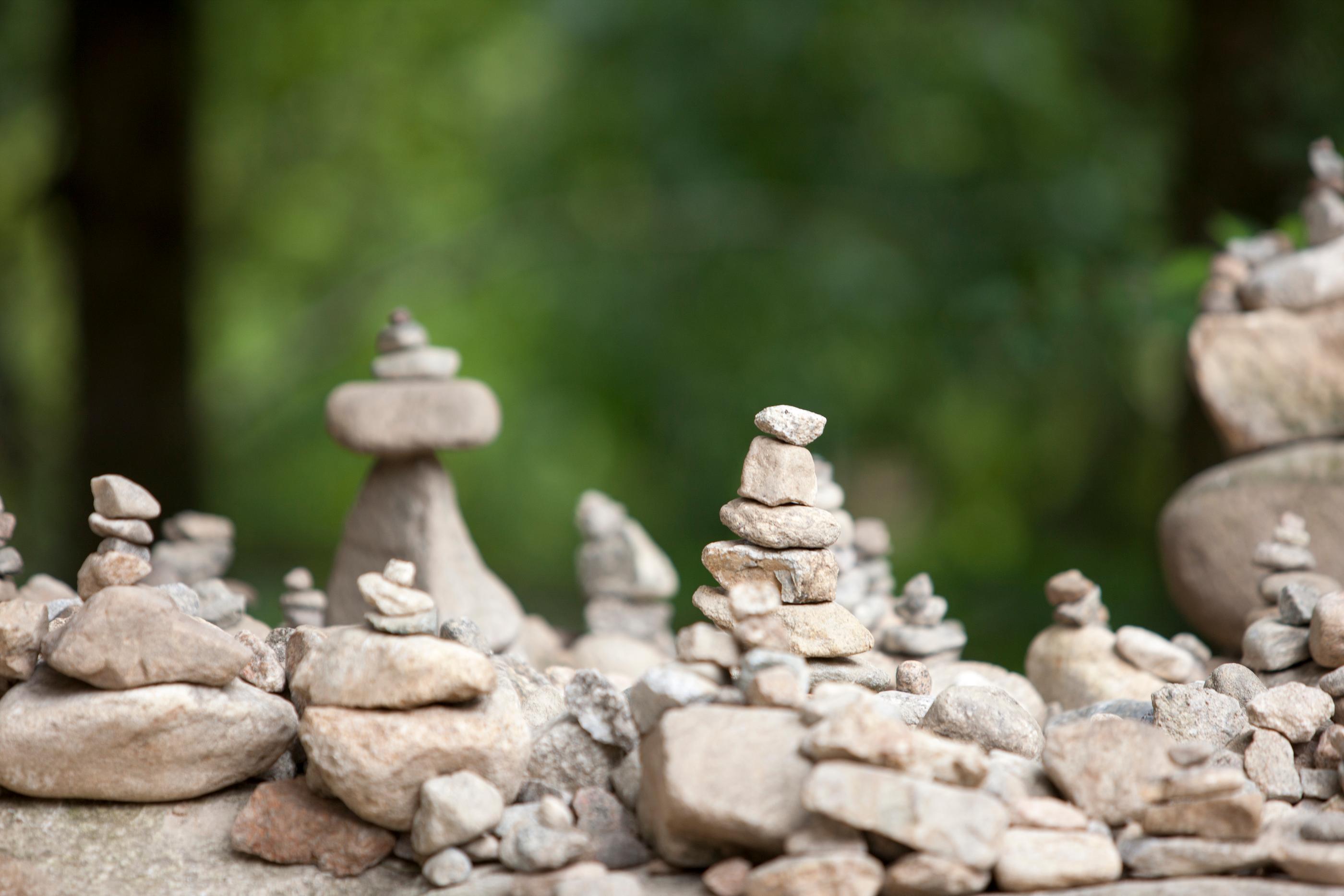
This is a common scene on a mountain or near a temple in Korea!
You can see stone pagodas huddled together at the entrance of the hiking trail or at a place with many small stones, like a beach. Or maybe you've seen people making wishes or praying while stacking stones in dramas or movies.
Koreans build these stone pagodas on their own or try to add one or two stones to an existing one when they pass by.
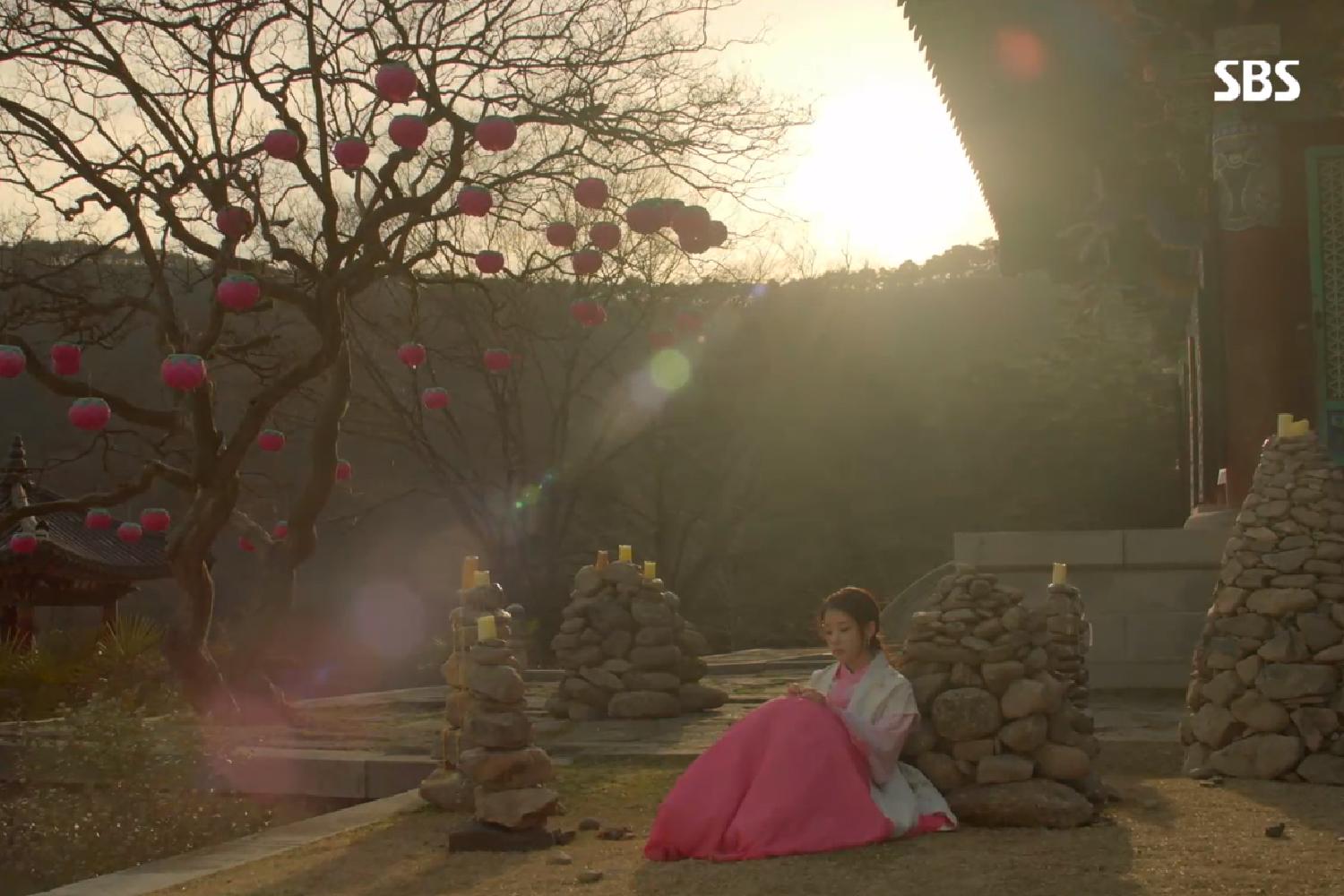
Why do Koreans build stone pagodas and what kind of people build them?
In fact, the stone pagodas started a long time ago in Korea. This is because Koreans have traditionally worshiped mountain gods even before religion emerged.
It is said that they began to build stone pagodas on the mountain, making wishes to gods.
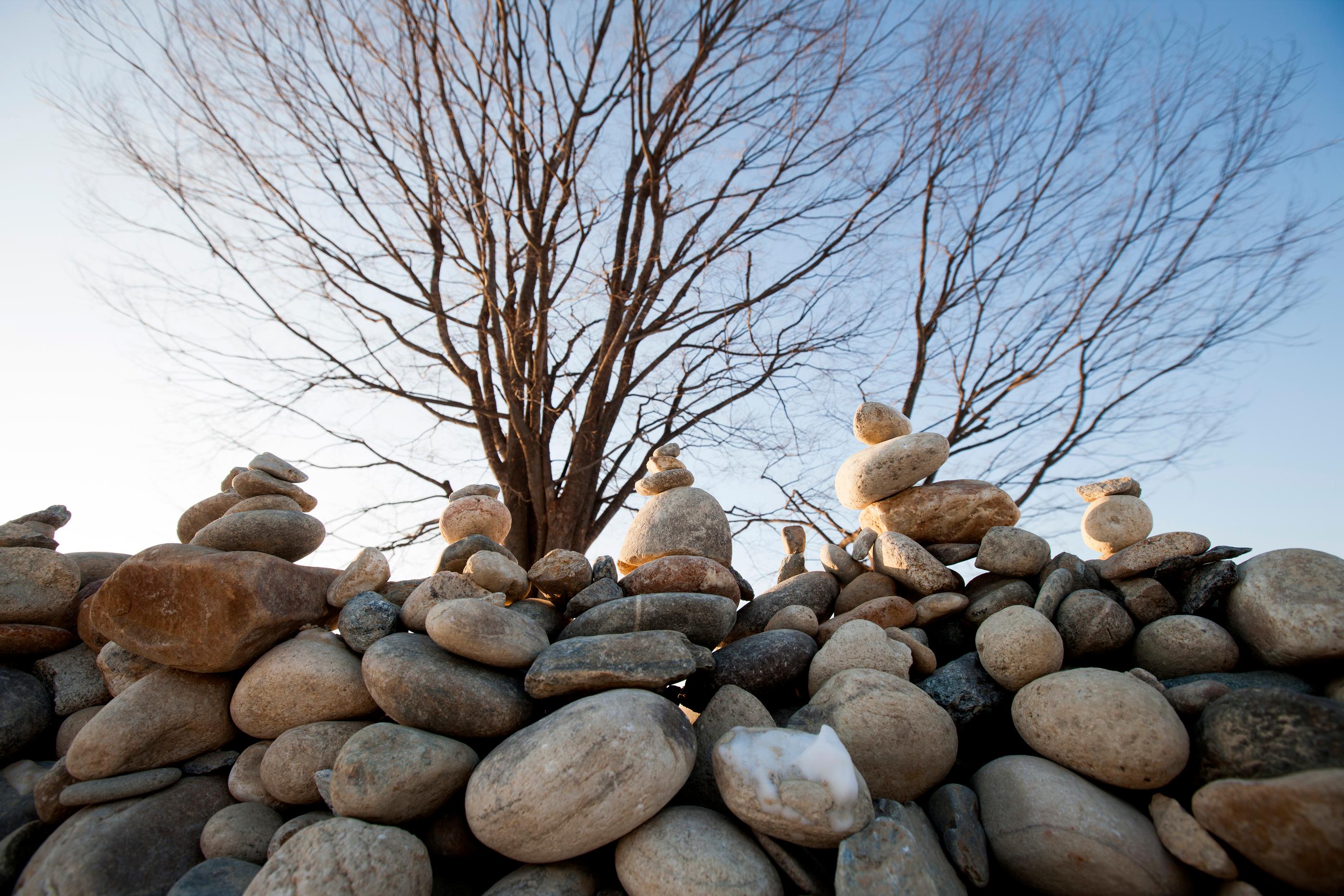
However, not all Koreans build stone pagodas to worship mountain gods.
In modern times, this tradition has continued as a light act of praying for good luck, health, and happiness. Beyond that, it can also be a challenging and rewarding task for you to undertake while you catch your breath.
Putting Their Hand In The Vending Machine Before It's Finished Dispensing
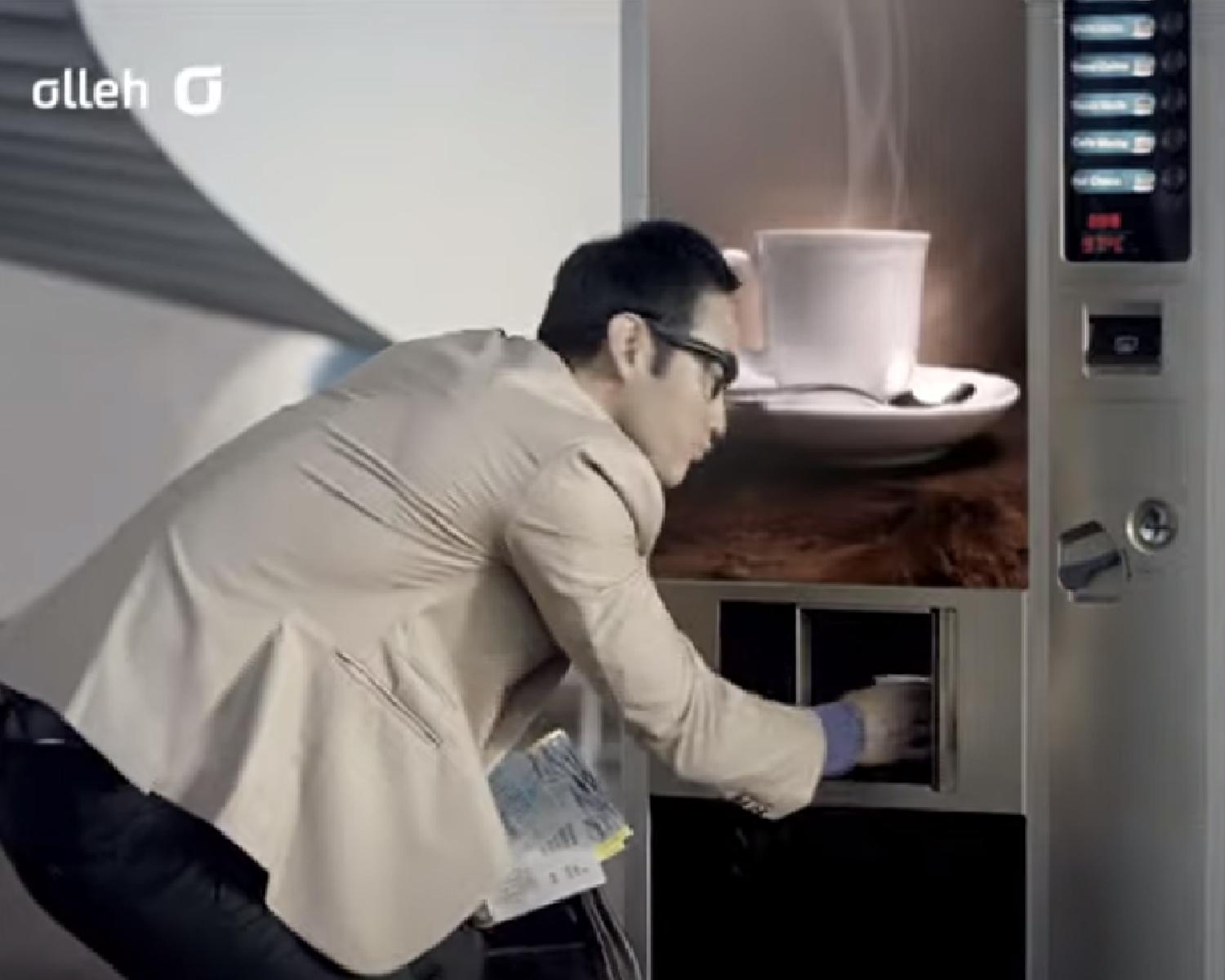
I'm sure you've heard a lot that Koreans are very impatient.
It's built into the culture and you only need to take a short taxi ride to experience it first hand.
In fact, one of the most impatient behaviors that you can see is people assaulting vending machines before its finished. There are many very cheap coffee-dispensing vending machines in Korea.
Instead of dropping a cup of coffee like a typical vending machine, it will position a small paper cup under the dispenser and pour hot coffee for you.

This is a dangerous behavior that can result in burns or injuries. But there are many Koreans who simply can't imagine waiting.
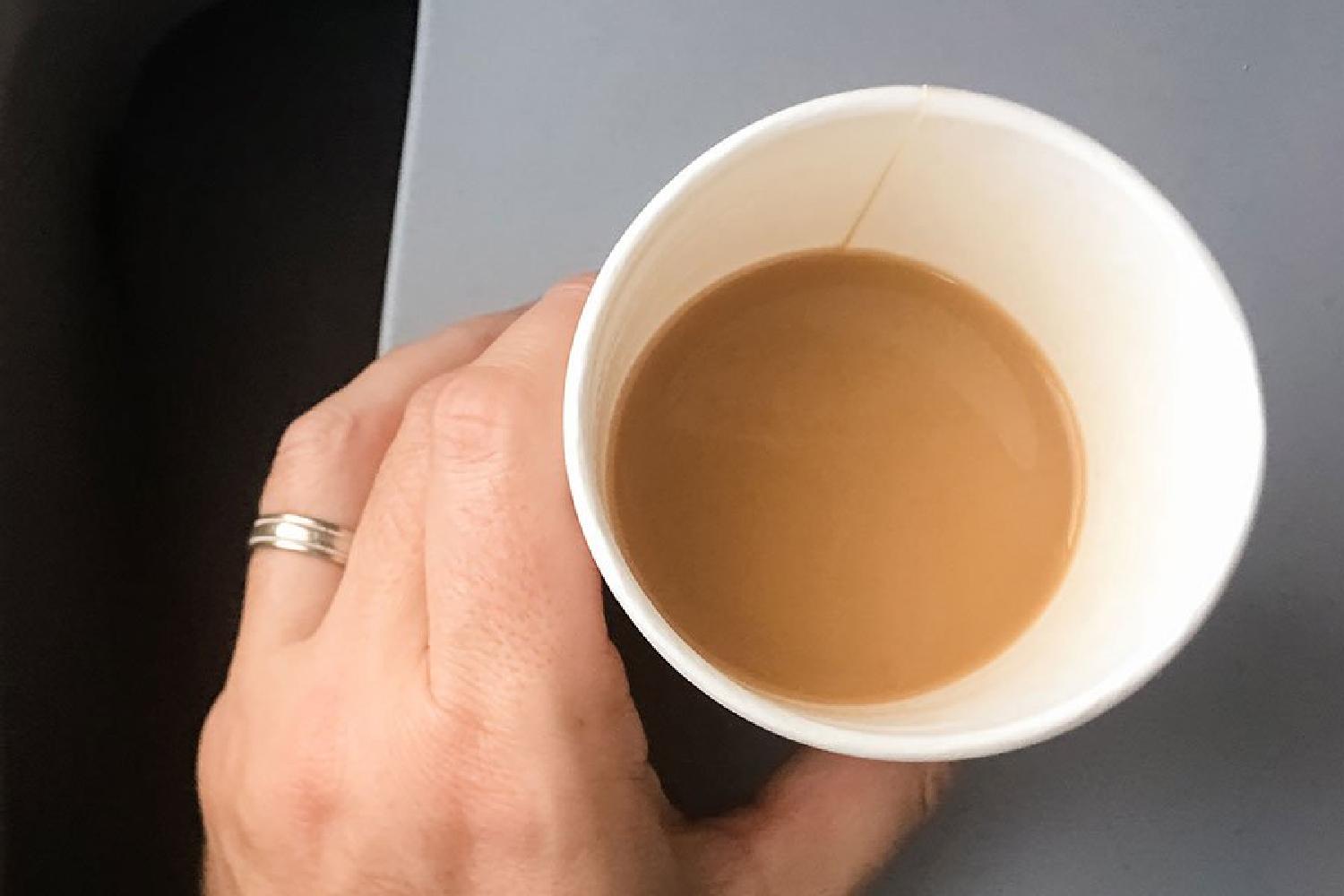
The minuscule amount of time it would take to reach in and get the coffee after it has completely finished pouring is too much, so they wait with their hand wrapped around the cup throughout the whole process.
It could splash or they could pull the cup out too soon, resulting in the coffee pouring directly onto their hands. But it's worth the risk for those precious seconds.
Eating Rice When Fish Bones Are Stuck In Their Throat

When eating fish in Korea, it is common to come across fish that is not de-boned. So it is possible to get a pesky fish bone lodged in your throat.
When this happens, Koreans will often give you the advice: "Eat plain rice!"
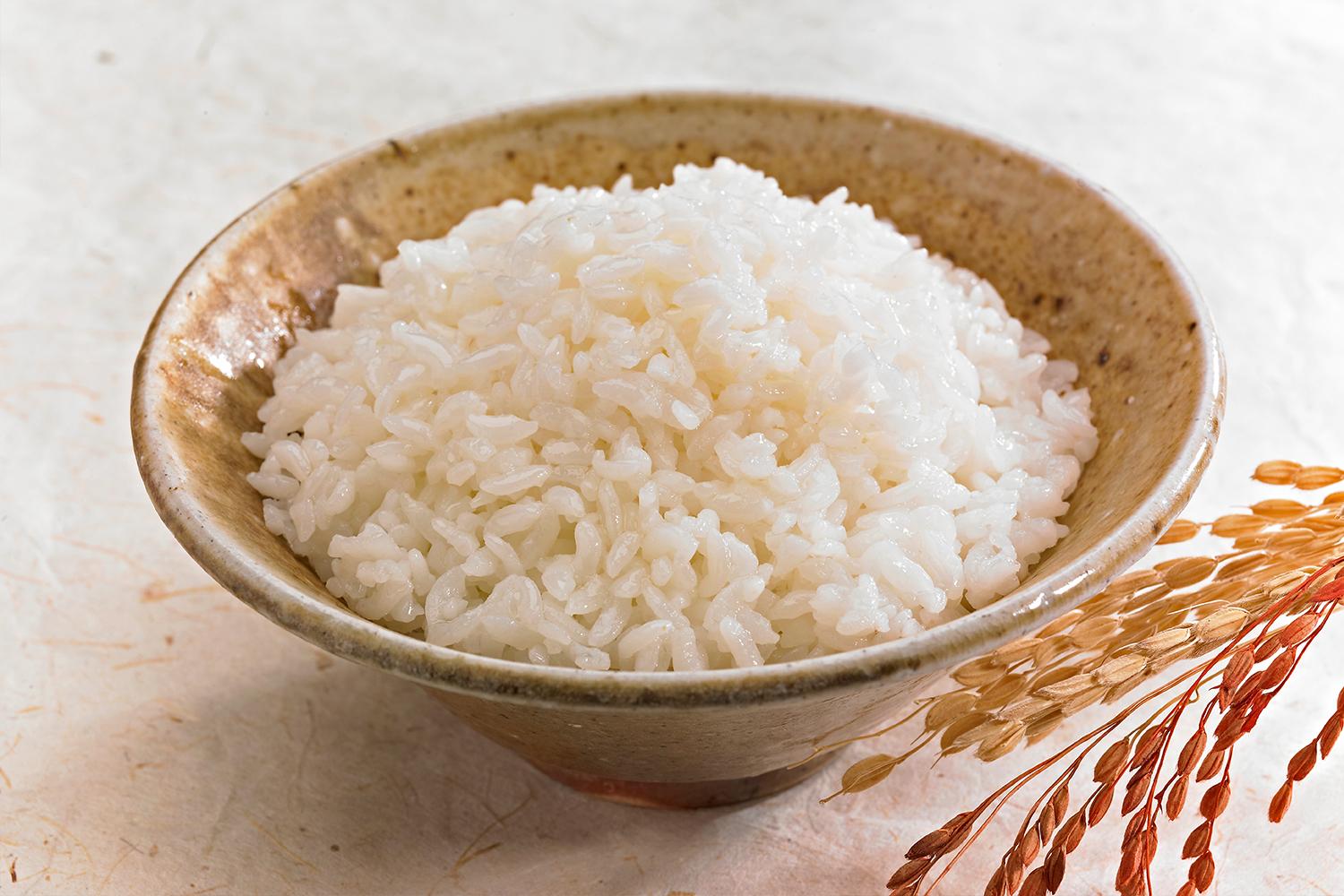
This comes from an old folk remedies. If you swallow rice, it should stick to the bone and drag it down alongside the rice.
If a fish bone gets stuck in your throat, your first reaction might be to panic. Fortunately, fish bones aren't likely to kill you. But they certainly can be irritating.
But just swallowing rice (without chewing it first) will quickly cure it, right?

It's actually a bad idea. They say it's dangerous to swallow a lot of bare rice at once because it could just push the fish bones deeper.
If you have fish bones stuck in your throat, just drink water.
Cutting Meat With Scissors
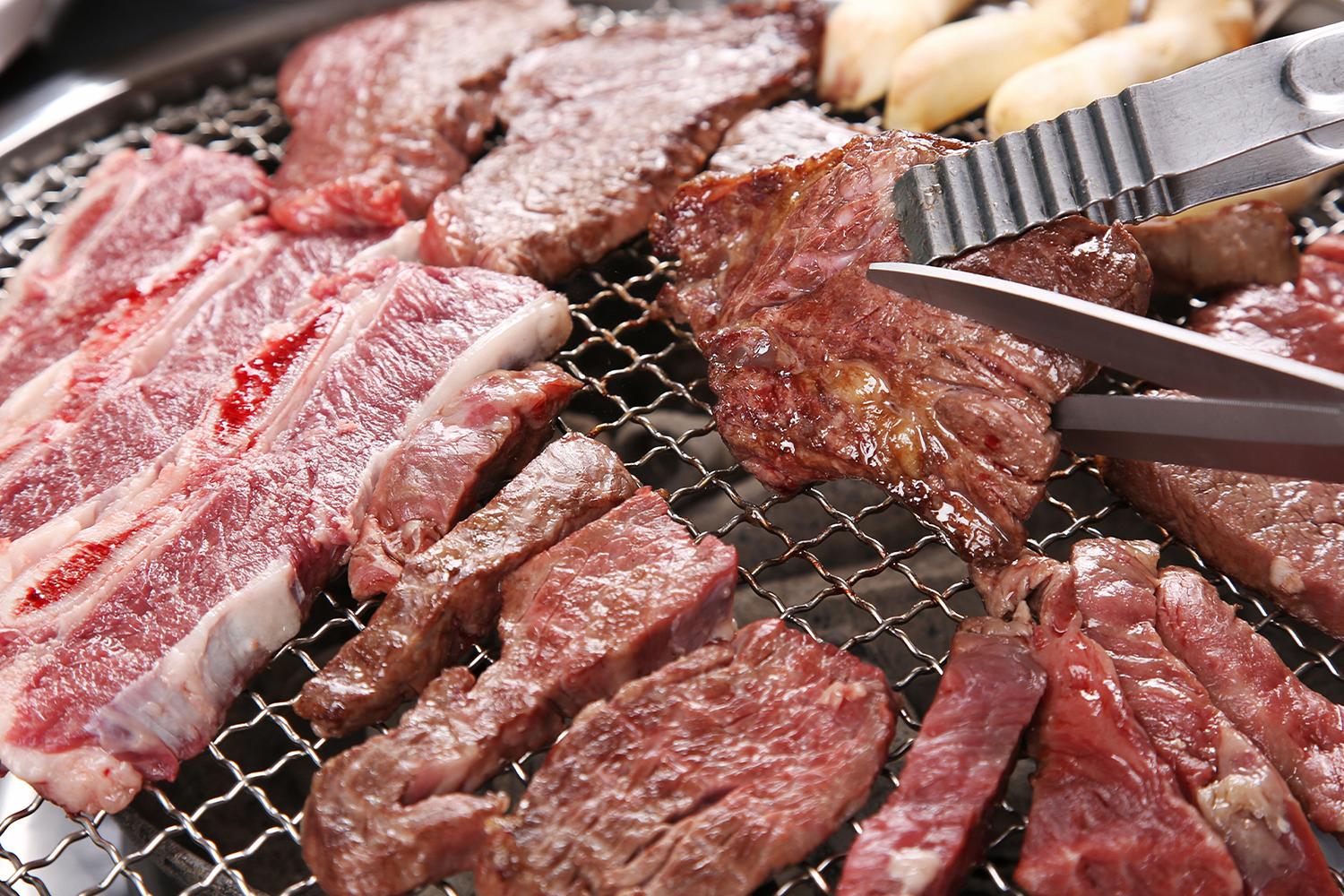
This is something that everyone undoubtedly encounters at least once in their time in Korea. Cutting meat dishes, such as pork belly and galbi, with scissors is a Korean past-time.

People who spend a lot of time in Korea become so used to using scissors to cut the meat that it's like second nature.
They forget what it was like before they ever did it. Only when they encounter foreigners who haven't done it before are they reminded that it's unique.
Meat is usually cut into chunks while roasting so that it can be added to a lettuce leaf wrap and eaten in one bite.

Like this, Korean meat restaurants have a culture of roasting large slices of meat and cutting it with scissors.
Therefore, if you go to a meat restaurant, I recommend that you sit next to a friend who can grill meat and cut it well.
Poking Hands With Needles To Fix An Upset Stomach
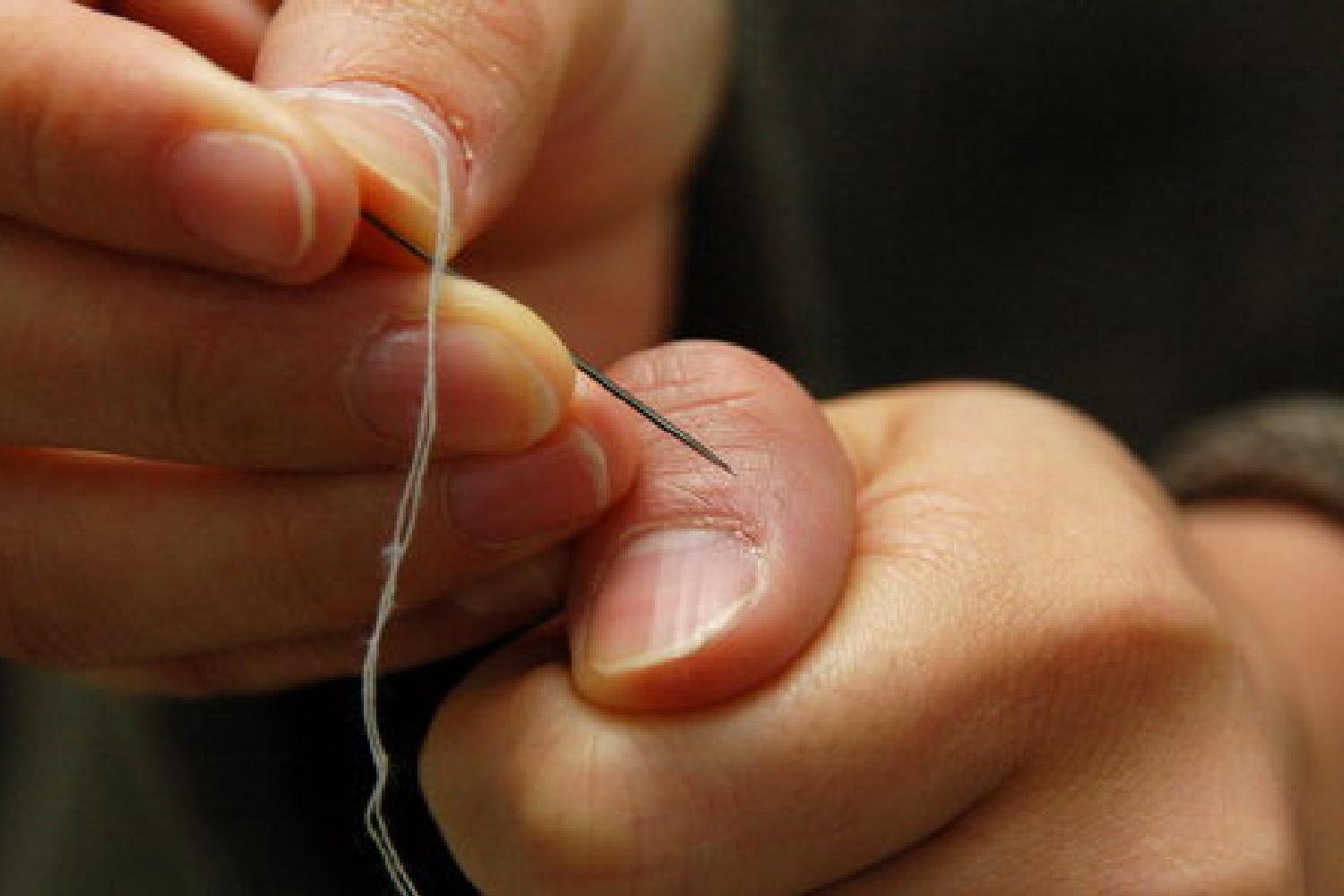
This method is one of the Korean folk remedies.
Although there is no medical basis, many Koreans actually use this method to relieve their frustration when they have an upset stomach.
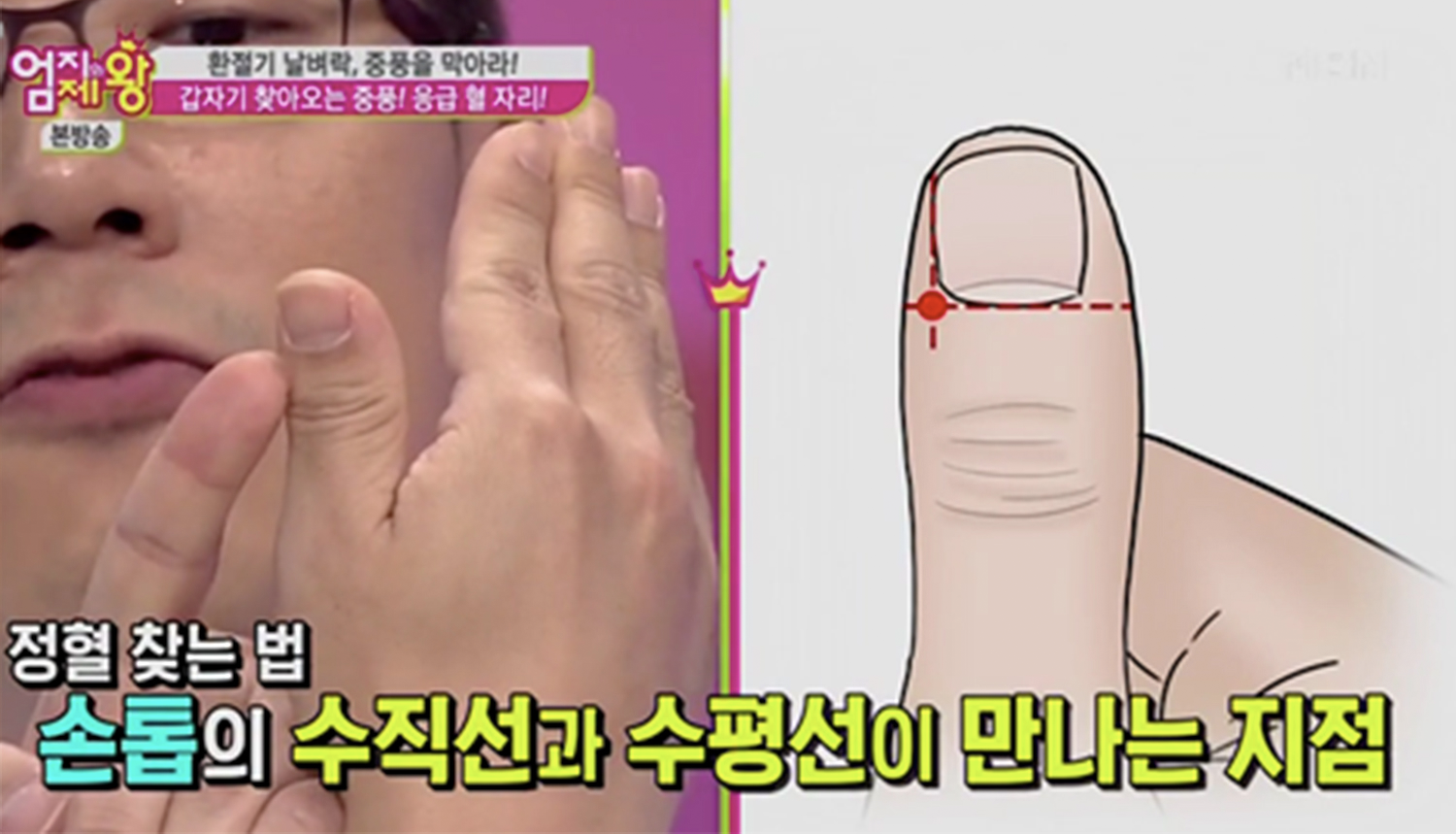
Where the vertical and horizontal lines of the thumb fingernails meet is called the "lifeblood."
In fact, when Koreans have indigestion, they poke the side of their thumbs with a sterilized needle to make blood flow out.
In this case, the darker the blood that comes out, the more severe the problem is, and the more comfortable you may feel afterward.

However, this method has no real effect, and it is said that the placebo effect is what actually makes you feel better..
Dark blood coming out is not because of a bad situation, but because you held your hand tightly before poking your finger with a needle!
Adding Spicy Pepper To Soju When You Have A Cold

Following the trend of Korean fold remedies, lets add another one to the list.
This folk remedy involves mixing soju with chili powder. Koreans think this is effective for curing colds.
I think this myth has arisen because drinking soju with chili powder can temporarily change your body temperature by sweating!
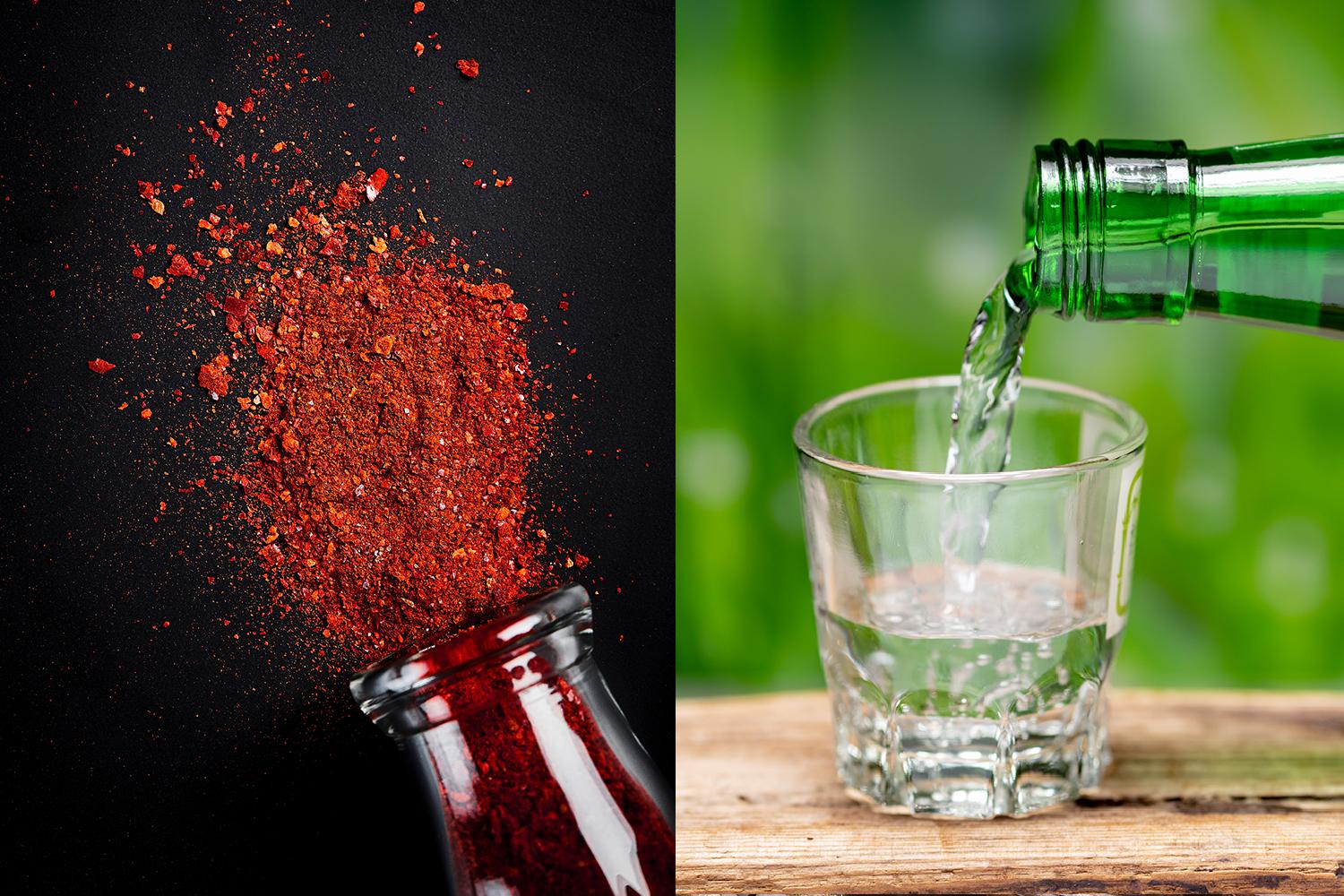
In the past, when people refused to drink under the pretext of having a cold, they made them drink this way. But in practice, young people in recent years rarely use this method.
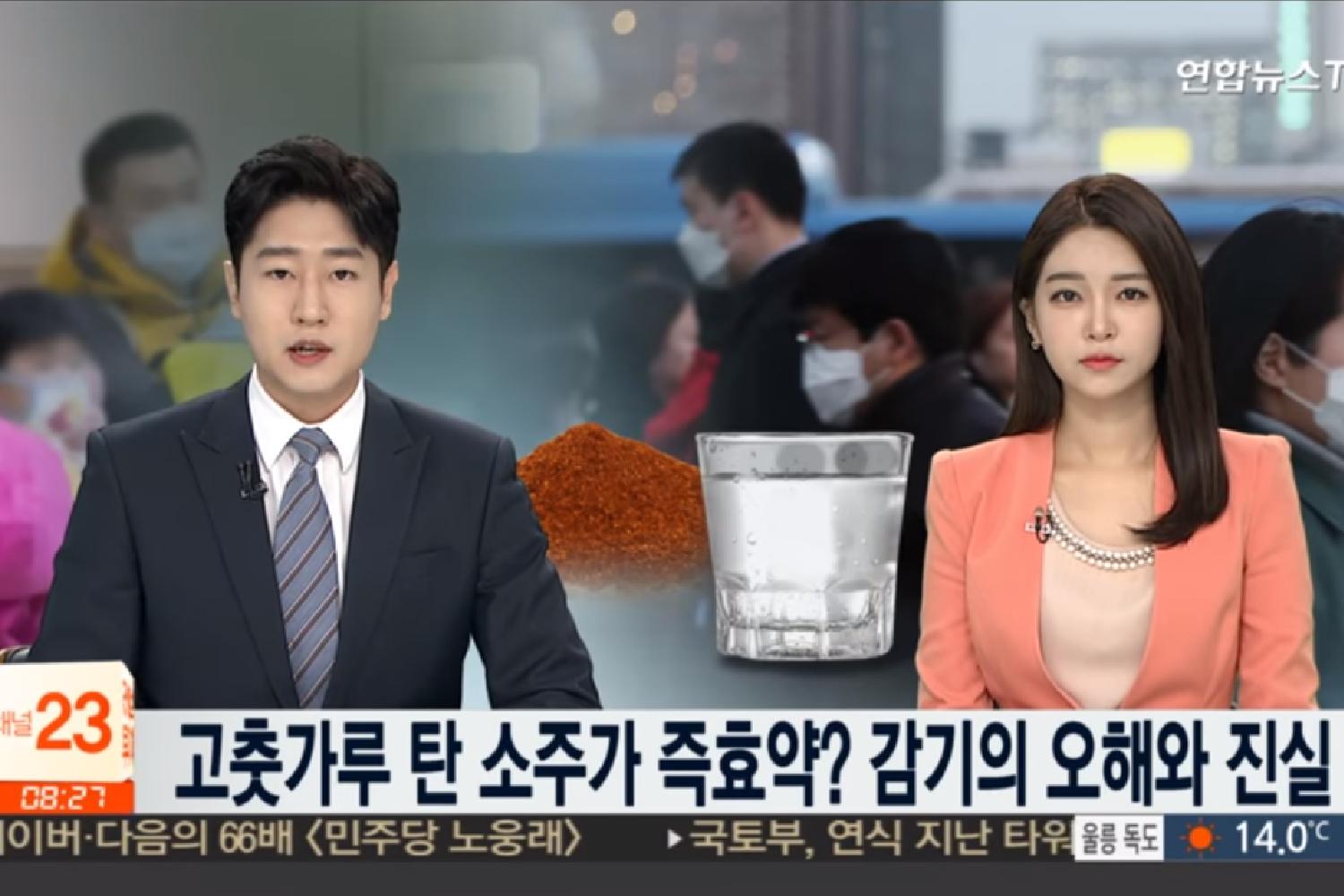 News That Soju With Chili Powder Is Bad For Cold
News That Soju With Chili Powder Is Bad For Cold
Also, like the other folk remedies on the list, there is no medical effect and it is not good because it can cause dehydration when you catch a cold.
I've never tried soju with chili powder, but I don't think it's going to taste good.
Applying Soybean Paste When Stung By A Bee
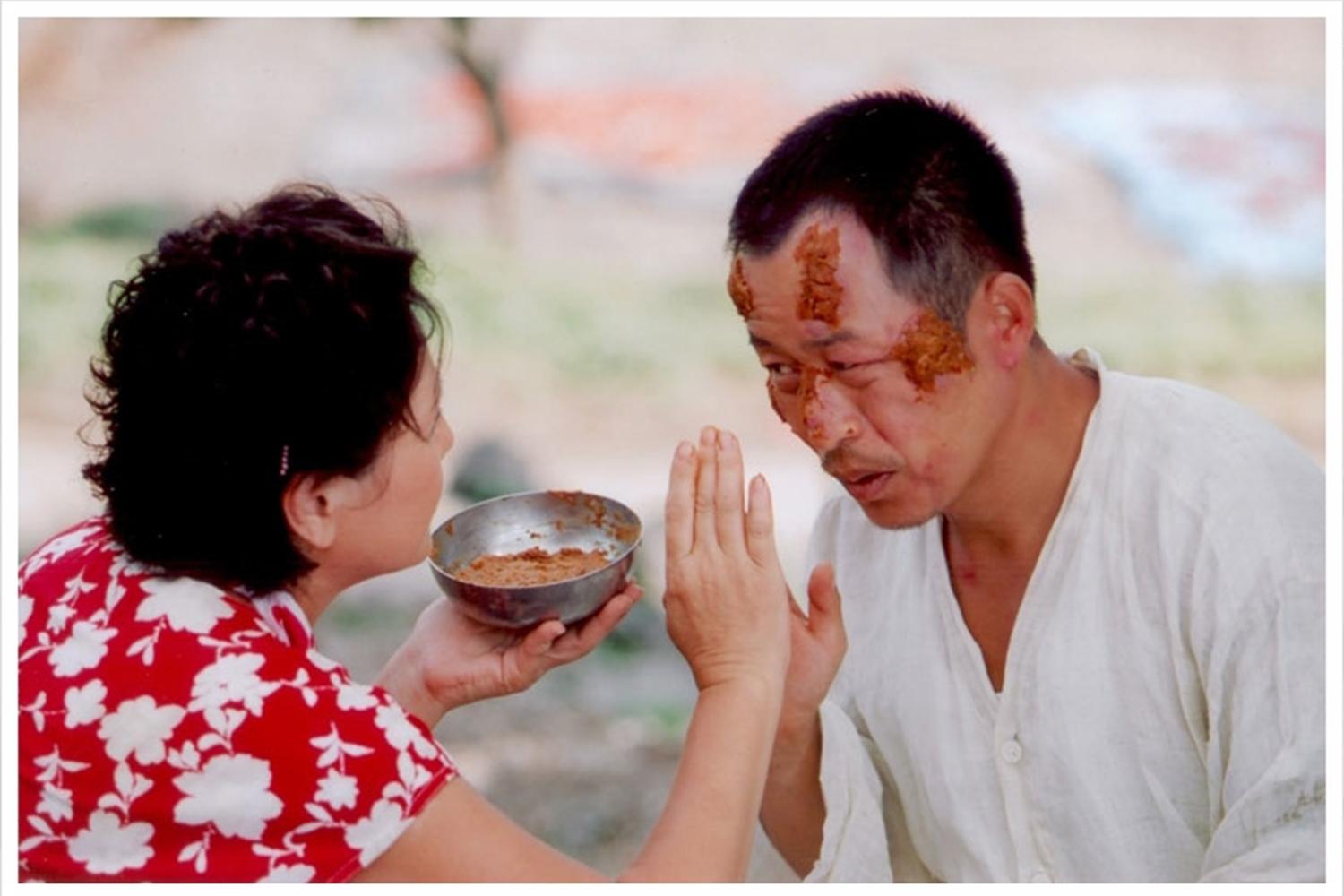
This method is also a traditional Korean folk remedy. Likewise, it's a method with no medical basis.
When you get stung by a bee or get burned, you put soybean paste on the area. Why put soybean paste that you use to boil or season the stew on the wound?!
Just hearing about it stings.
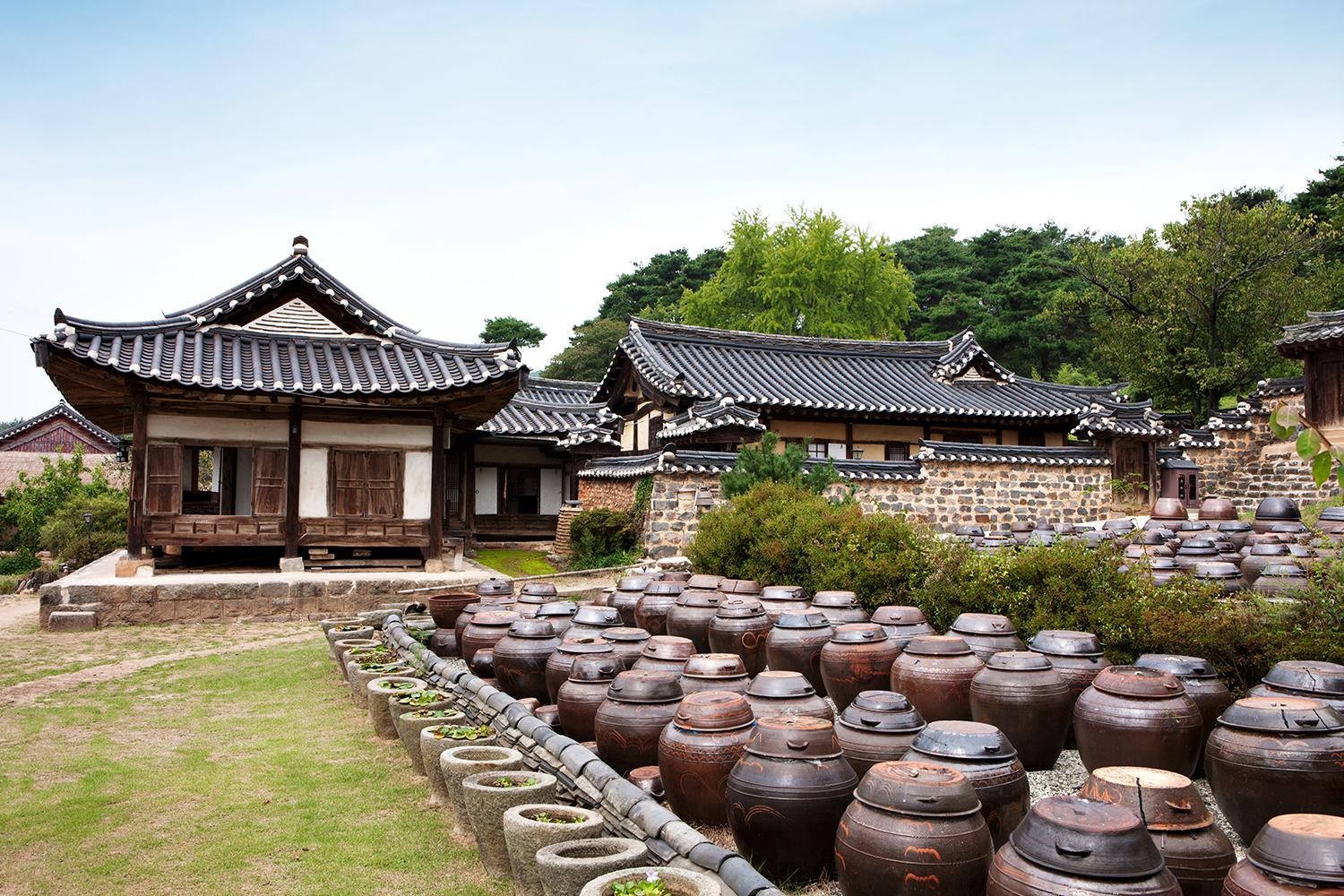
Unexpectedly, this method has long been known for its effects and has been widely used.
Once upon a time, soy bean paste was very cool because it was buried in the ground, not placed in the refrigerator. So it was perfect for lowering the temperature of the bee sting or a burned wound.
However, this method is not only just a temporary way to cool down for a while, but also a potential source of secondary infection if soybean paste enters the wound.
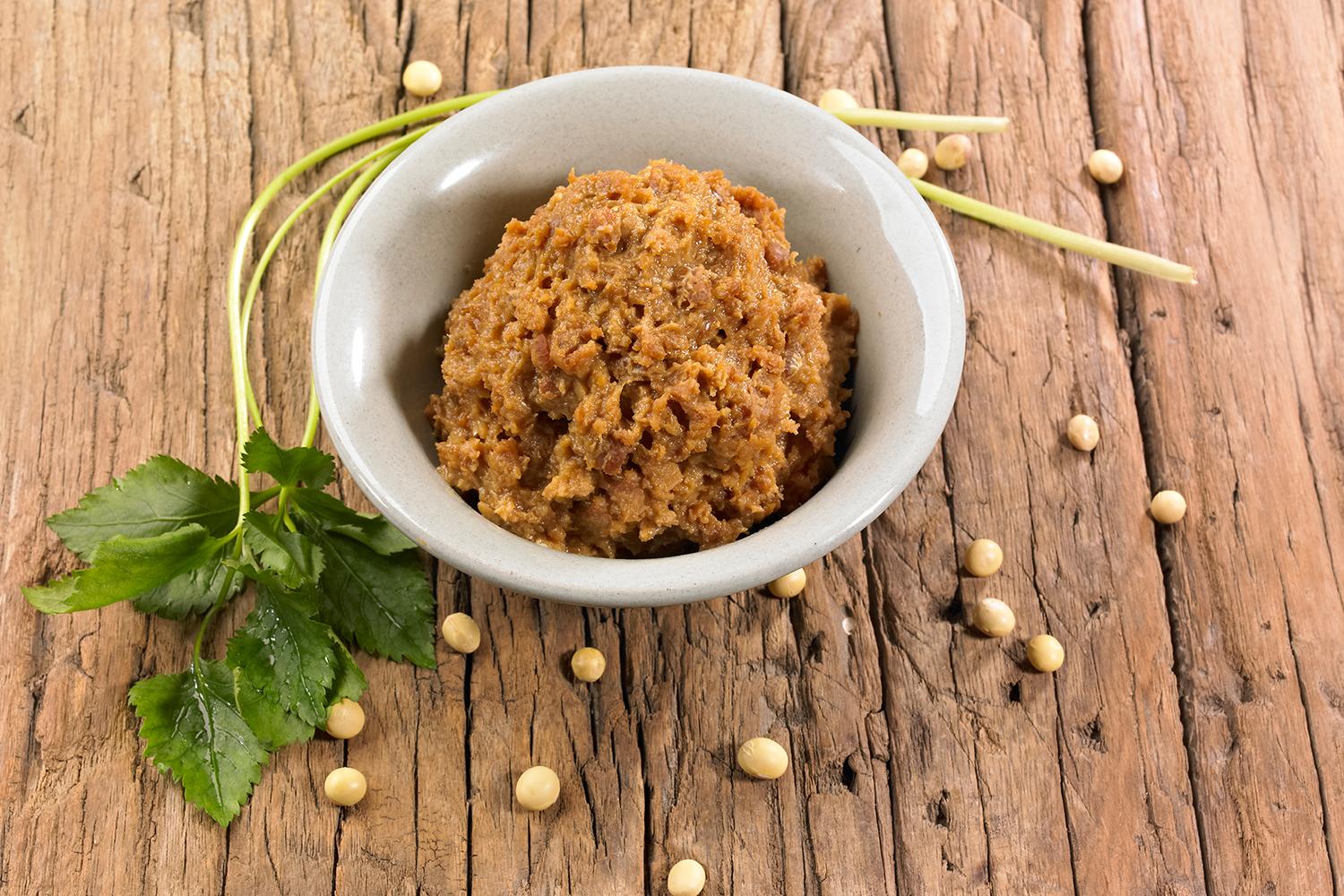
Even in this day and age, this folk remedy is still used. It's primarily used by older Koreans though and young people have left this one behind. They've taken more stock in the scientific explanation.
Today, we introduced the unique and fun behaviors of Koreans that are hard for foreigners to understand!
If you have any unique behaviors in your culture, please let us know in your comments! Thank you.

